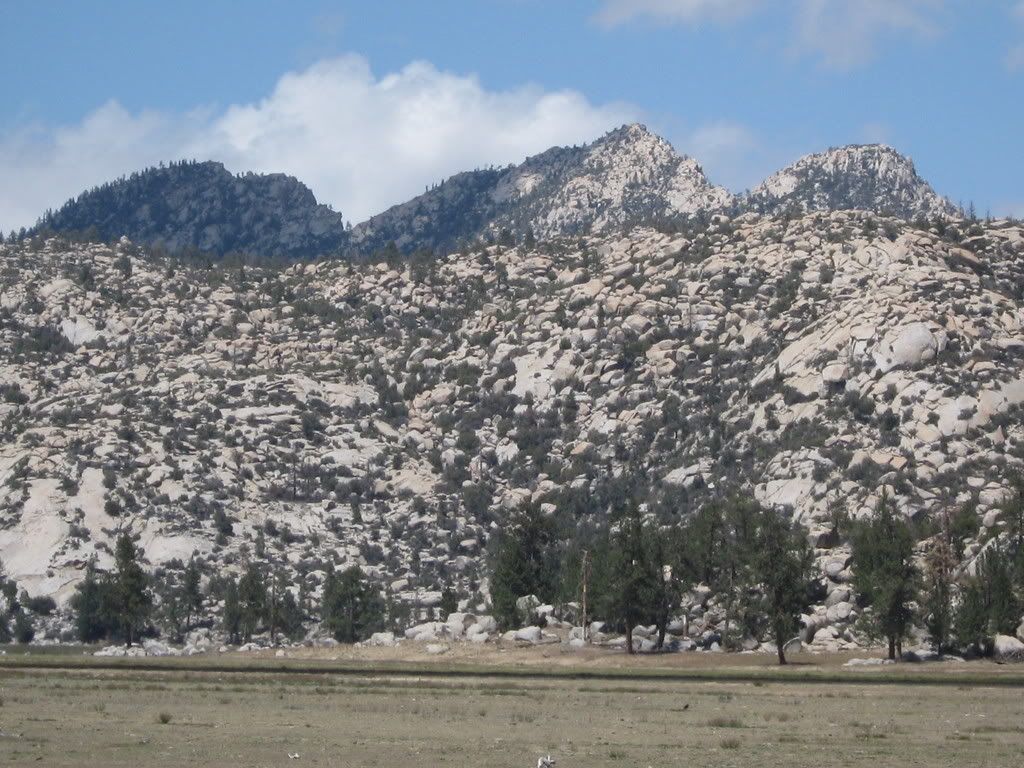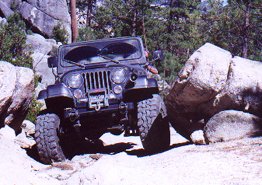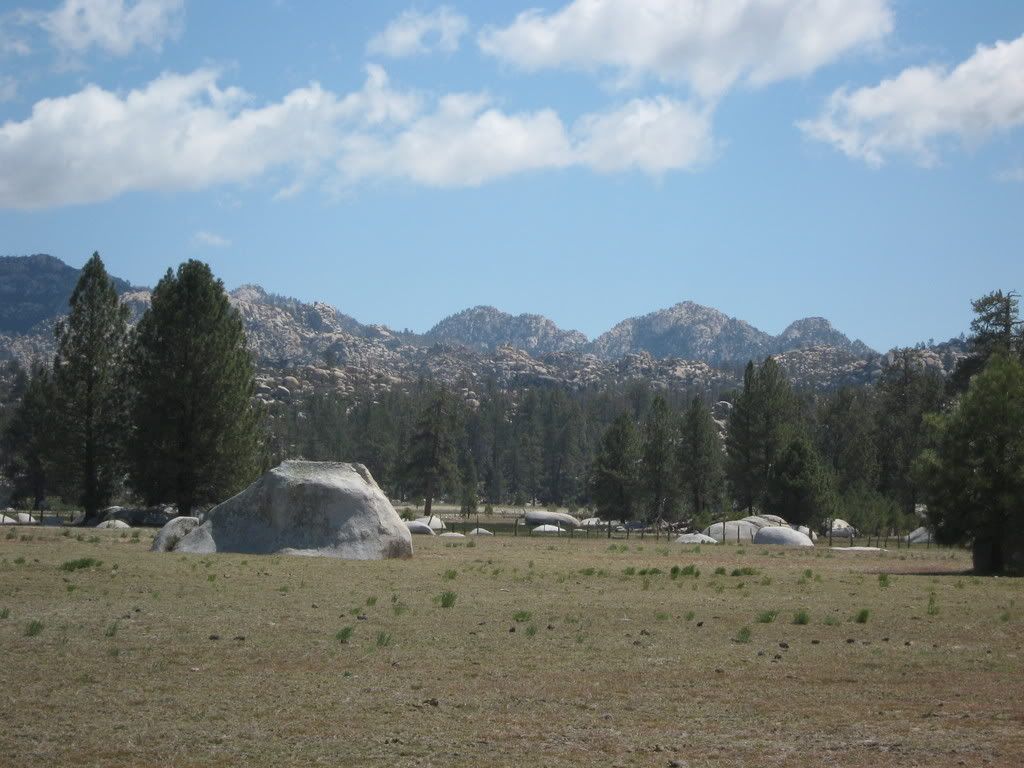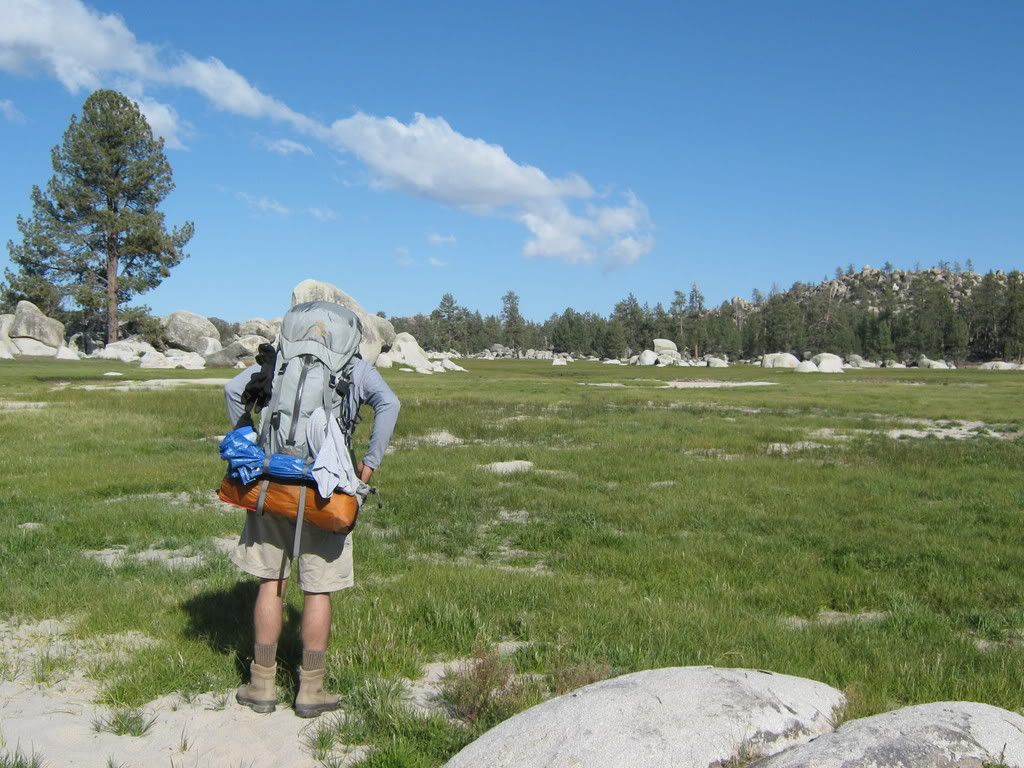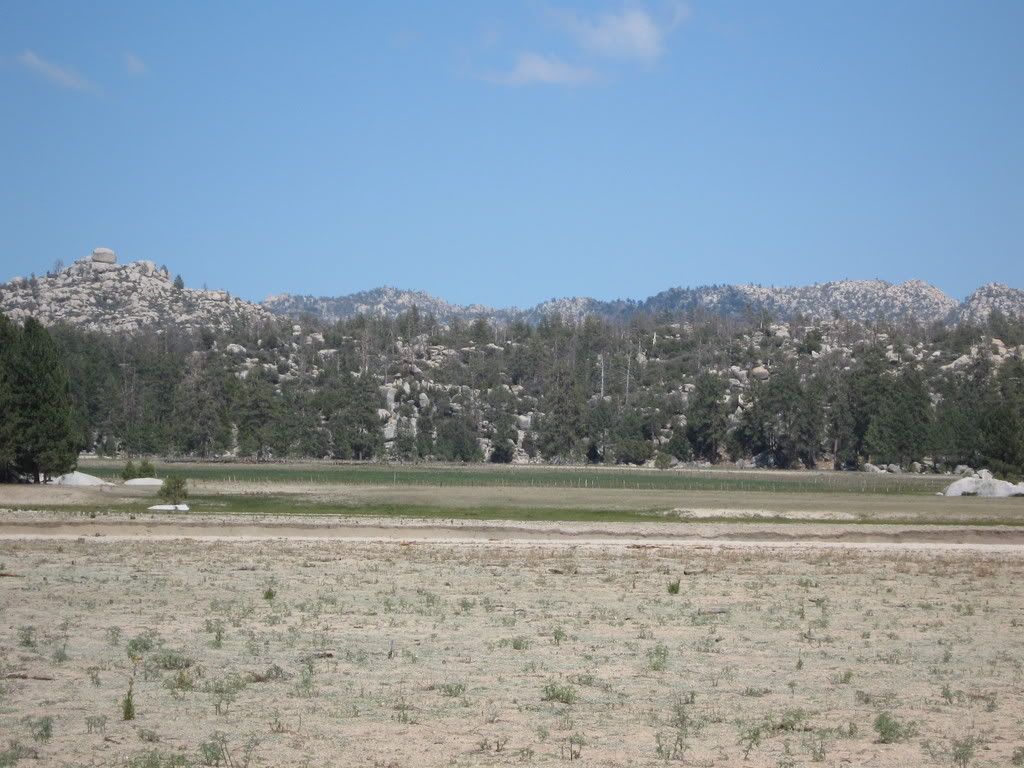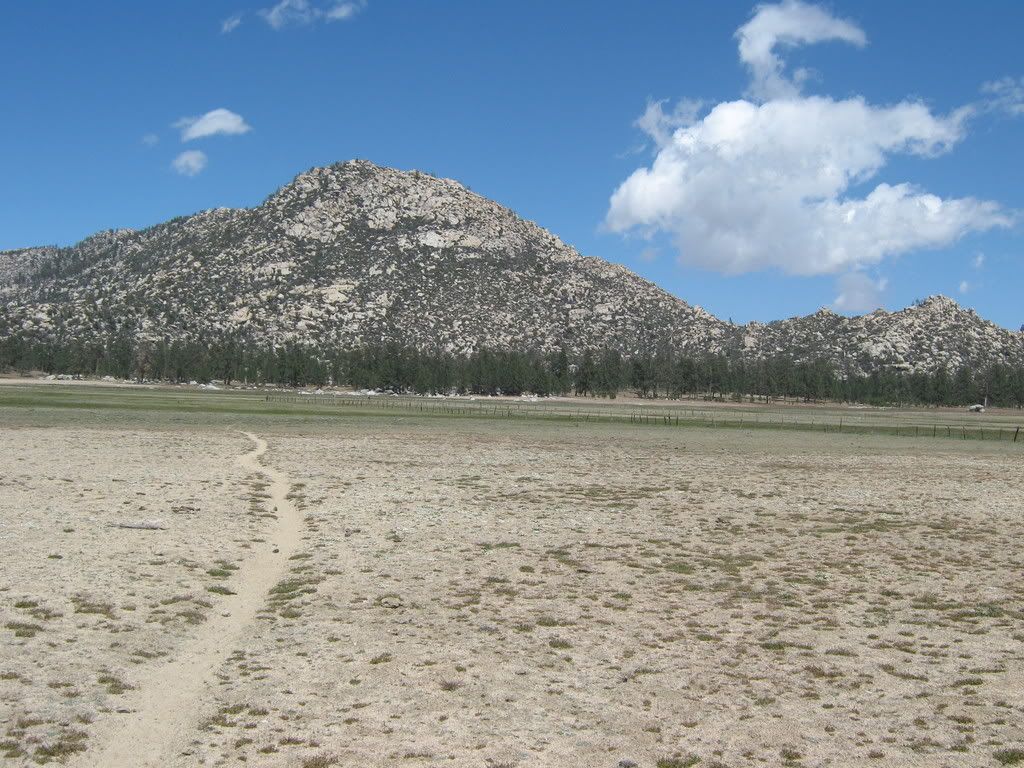Barry, do read the paper http://www.pcas.org/Vol33N3/333Fostr.pdf as it describes the discoveries in La Grulla (in 1991) and has a mission floor plan map (actually just shows were the foundation stones were, etc.).
Have a great day... I am off to la dentista
 then to do some
irrigation designs!
then to do some
irrigation designs! 
 over the open fire to be concluded with COLD tecate and shots of
tequila.
over the open fire to be concluded with COLD tecate and shots of
tequila. 
